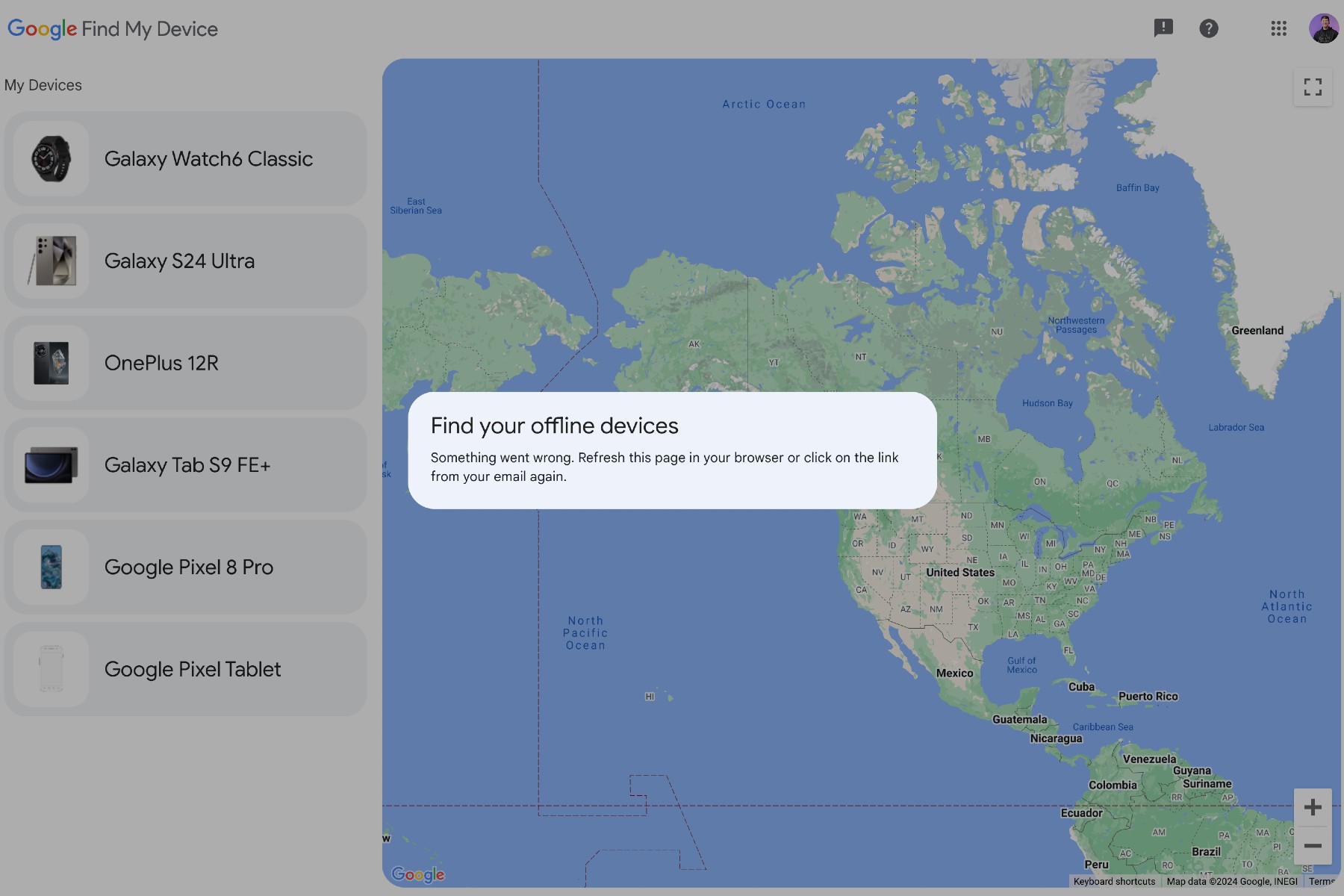https://gizmodo.com/fusion-reactor-princeton-muse-experiment-magnets-plasma-1851387646
A team of physicists and engineers at Princeton University built a twisting fusion reactor known as a stellarator that uses permanent magnets, showcasing a potentially cost-effective way of building the powerful machines. Their experiment, called MUSE, relies on 3D-printed and off-the-shelf parts.
Giancarlo Esposito on Having His Own Action Figures
Nuclear fusion, the reaction that powers stars like our Sun, produces huge amounts of energy by merging atoms (not to be confused with nuclear fission, which produces less energy by splitting atoms). Nuclear fission is the reaction at the core of modern nuclear reactors that power electric grids; scientists have yet to crack the code on nuclear fusion as an energy source. Even once that long-sought goal is reached, scaling the technology and making it commercially viable is its own beast.
Stellarators are cruller-shaped devices that contain high-temperature plasmas, which can bed tuned to foster the conditions for fusion reactions. They are similar to tokamaks, doughnut-shaped devices that run fusion reactions. Tokamaks rely on solenoids, which are magnets that carry electric current. MUSE is different.
“Using permanent magnets is a completely new way to design stellarators,” said Tony Qian, a physicist at Princeton University and lead author of two papers published in the Journal of Plasma Physics and Nuclear Fusion that describe the design of the MUSE experiment. “This technique allows us to test new plasma confinement ideas quickly and build new devices easily.”
Permanent magnets don’t need electric current to generate their magnet fields and can be purchased off-the-shelf. The MUSE experiment stuck such magnets onto a 3-D printed shell.
“I realized that even if they were situated alongside other magnets, rare-earth permanent magnets could generate and maintain the magnetic fields necessary to confine the plasma so fusion reactions can occur,” Michael Zarnstorff, a research scientist at the university’s Plasma Physics Laboratory and principal investigator of the MUSE project, in a press release. “That’s the property that makes this technique work.”
Last year, scientists at the Department of Energy’s Lawrence Livermore National Laboratory (LLNL) achieved breakeven in a fusion reaction; that is, the reaction produced more energy than it took to power it. However, that accolade neglects to account for the “wall power” necessary to induce the reaction. In other words, there’s still a long, long road ahead.
The LLNL breakthrough was done by shining powerful lasers at a pellet of atoms, a different process than the plasma-based fusion reactions that occur in tokamaks and stellarators. Little tweaks to the devices, like the implementation of permanent magnets in MUSE or an upgraded tungsten diverter in the KSTAR tokamak, make it easier for scientists to replicate the experimental setups and perform experiments at high temperatures for longer.
Taken together, these innovations will allow scientists to do more with the plasmas at their fingertips, and maybe—just maybe—reach the vaunted goal of usable and scalable fusion energy.
via Gizmodo https://gizmodo.com
April 5, 2024 at 05:21AM

